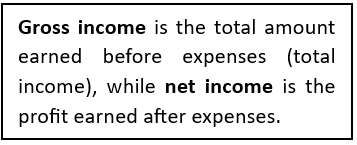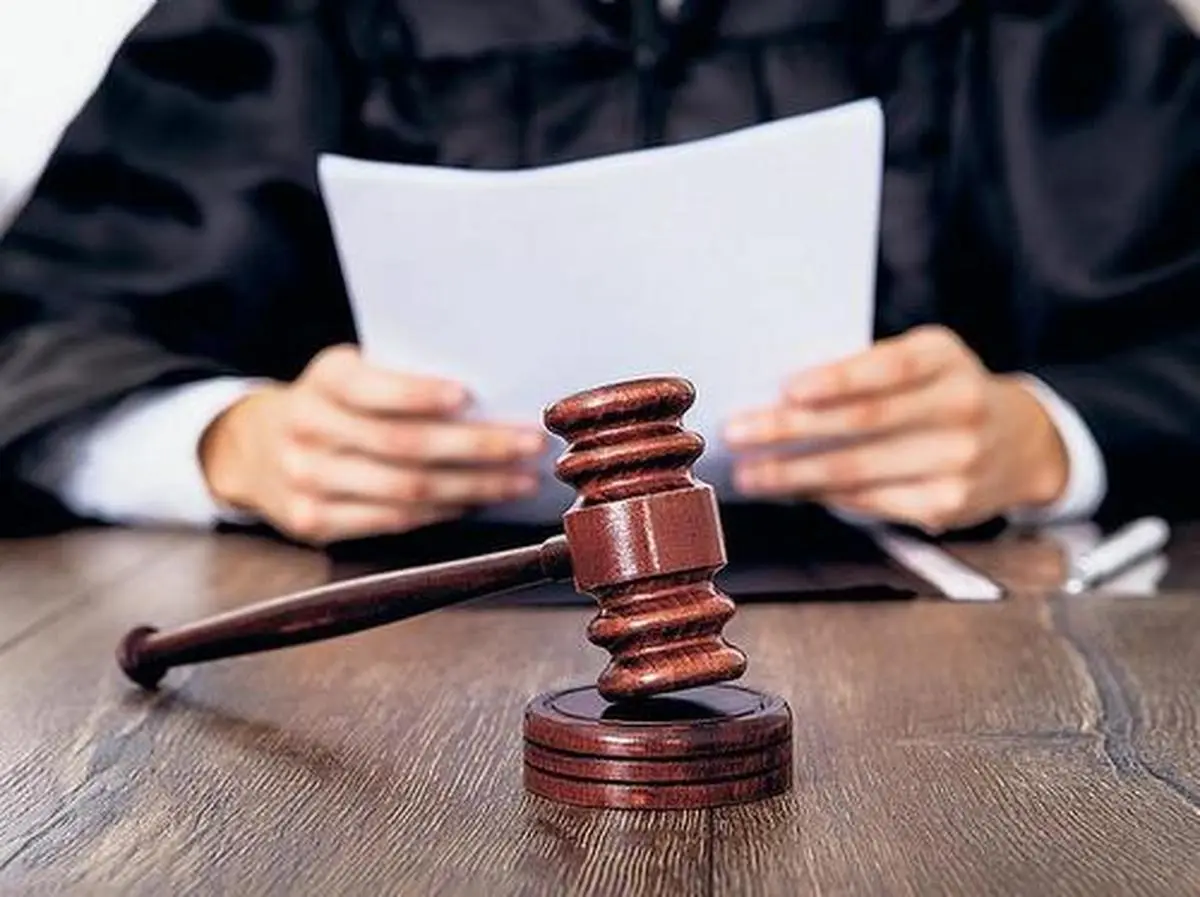- Courses
- GS Full Course 1 Year
- GS Full Course 2 Year
- GS Full Course 3 Year
- GS Full Course Till Selection
- MEP (Mains Enrichment Programme) Data, Facts
- Essay Target – 150+ Marks
- Online Program
- GS Recorded Course
- NCERT (Recorded 500+ Hours)
- Polity Recorded Course
- Geography Recorded Course
- Economy Recorded Course
- AMAC Recorded Course
- Modern India, Post Independence & World History
- Environment Recoded Course
- Governance Recoded Course
- Science & Tech. Recoded Course
- International Relations and Internal Security Recorded Course
- Disaster Management Module Course
- Ethics Recoded Course
- Current Affairs Recoded Course
- CSAT
- 5 LAYERED ARJUNA Mentorship
- Public Administration Optional
- ABOUT US
- OUR TOPPERS
- TEST SERIES
- FREE STUDY MATERIAL
- VIDEOS
- CONTACT US
KARNATAKA'S TEMPLE TAX BILL
KARNATAKA'S TEMPLE TAX BILL
07-03-2024
The Karnataka Hindu Religious Institutions and Charitable Endowments (Amendment) Bill, 2024, passed in both the State Legislative Assembly and Council. It now awaits approval from the Governor.
- The Bill aims to amend provisions in the Karnataka Hindu Religious Institutions and Charitable Endowments Act (KHRI& CE), 1997.
Historical Background of State Regulation of Temples
- The British government's Religious Endowments Act of 1863 aimed to secularize temple management by transferring control to local committees.
- In 1927, the Justice Party enacted the Madras Hindu Religious Endowments Act, one of the earliest efforts by an elected government to regulate temples.
- The Law Commission of India recommended legislation in 1950 to prevent misuse of temple funds, leading to the enactment of The Tamil Nadu Hindu Religious and Charitable Endowments (TN HR&CE) Act, 1951.
- This act established the Department of Hindu Religious and Charitable Endowments to administer, protect, and preserve temples and their properties.
- The TN HR&CE Act faced a constitutional challenge before the Supreme Court in the Shirur Mutt case (1954). While the court upheld the law but it struck down some provisions.
- A revised TN HR&CE Act was passed in 1959 to address the court's concerns.
Key Highlights of the Bill
-
Alteration of Taxation System
- The Bill aims to change the taxation rules for Hindu temples.
- It proposes diverting 10% of gross income from temples earning over Rs 1 crore annually to a common pool for temple maintenance.
- Previously, 10% of net income was allocated for temples earning over Rs 10 lakh annually.
- Additionally, the Bill suggests allocating 5% of income from temples earning between Rs 10 lakh and Rs 1 crore to the common pool.
- These changes would generate an extra Rs 60 crore from 87 temples with incomes over Rs 1 crore and 311 temples with income exceeding Rs 10 lakh.
-
Utilisation of Common Fund
- The common fund can be used for religious studies, temple maintenance, and charity.
- The common fund pool was created in 2011 through amendments to the 1997 Act.
-
Composition of Committee of Management
- The bill proposed the addition of a member skilled in Vishwakarma Hindu temple architecture and sculpture to the temple "committee of management."
- Temples and religious institutions are required to form a nine-member ‘committee of management.’
- It includes a priest, a member of Scheduled Caste or Scheduled Tribe, two women, and a local member, as per Section 25 of the KHRI& CE 1997 Act.
-
Rajya Dharmika Parishat
- It empowered the Rajya Dharmika Parishat to appoint committee chairpersons and resolve religious disputes, manage temple affairs, and appoint trustees.
- Mandated (authorize) the formation of district and state committees to oversee infrastructure projects for temples with annual earnings exceeding Rs 25 lakh.
Management of Religious Institutions in India
-
Places of Worship Act, 1991
- Enacted to maintain the status of religious places as they were on August 15, 1947.
- Prohibits conversion of places of worship and ensures their religious character.
- Excludes (leaves) ancient monuments governed by the Ancient Monuments and Archaeological Sites and Remains Act, 1958.
-
Constitution of India
- Article 26 grants religious groups the right to establish and manage institutions for religious and charitable purposes.
- Allows them to manage their religious affairs and administer property.
- Muslims, Christians, Sikhs, and others use these rights to manage their institutions.
-
Shiromani Gurdwara Parbandhak Committee (SGPC)
- Manages Sikh Gurdwaras in India and abroad.
- Elected directly by Sikh voters above 18 years old, registered under the Sikh Gurdwaras Act, 1925.
-
Waqf Act of 1954
- Established the Central Waqf Council advising the Central Government on waqf administration.
- State Waqf Boards oversee mosques, graveyards, and religious waqfs.
- Ensures proper management and utilization of waqf properties and revenue.
- Waqf refers to the permanent dedication of properties for religious or charitable purposes recognized by Muslim Law.
Temple Revenue Management in Different States
-
Telangana's Approach
- Telangana's system is similar to Karnataka's, creating a ‘Common Good Fund’ under Section 70 of the Telangana Charitable and Hindu Religious Institutions and Endowments Act, 1987.
- Temples earning over Rs 50,000 annually must give 1.5% of their income to the state government.
- These funds are used for temple maintenance, renovations, religious schools, and building new temples.
-
Kerala's System
- Kerala manages temples mainly through state-run Devaswom (temple) Boards.
- The state has five autonomous Devswom Boards overseeing 3,000+ temples, with board members usually chosen by the ruling government.
- Each board gets a budget from the state government and isn't required to disclose revenue figures.
Must Check: Best IAS Coaching In Delhi



